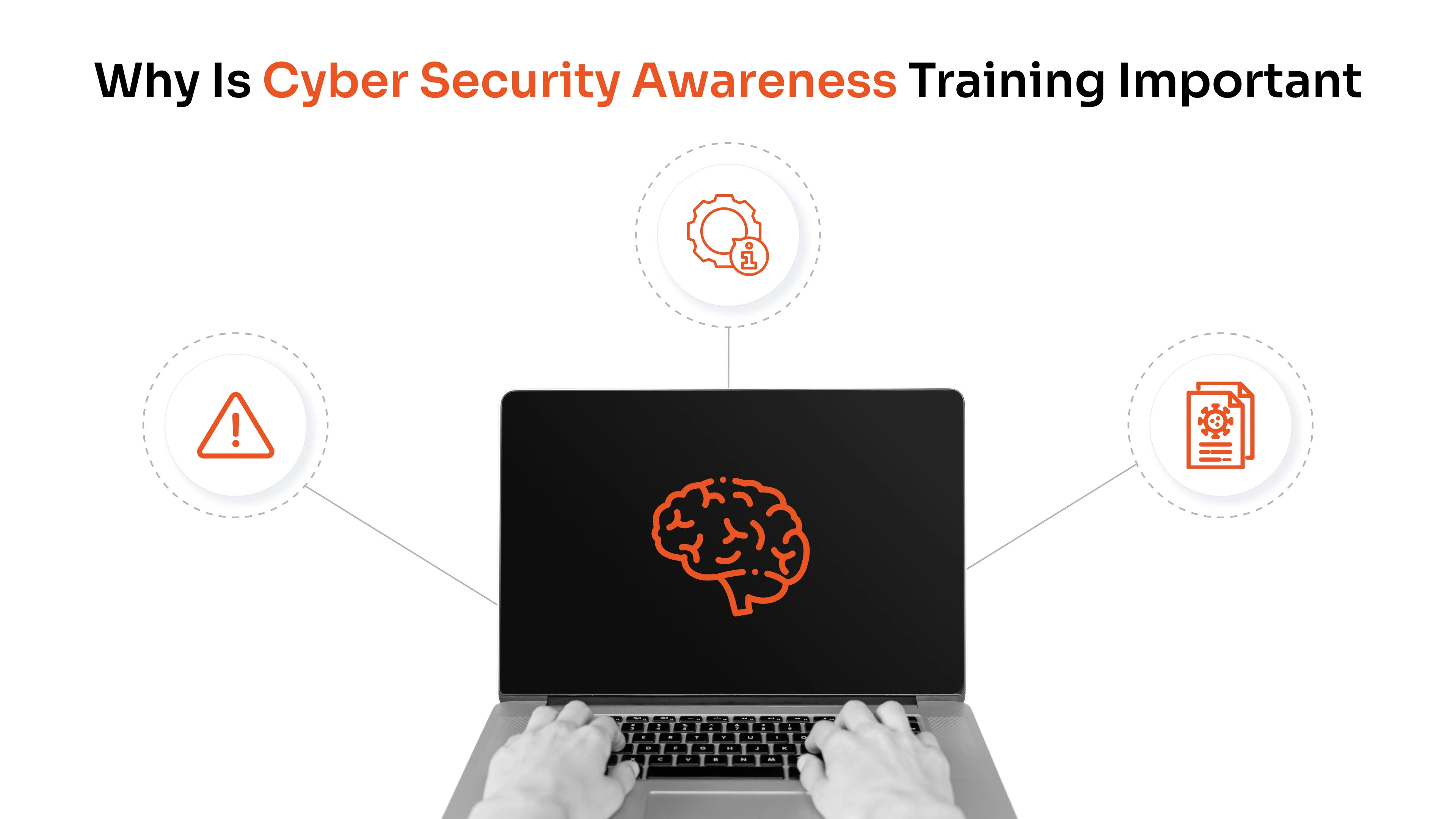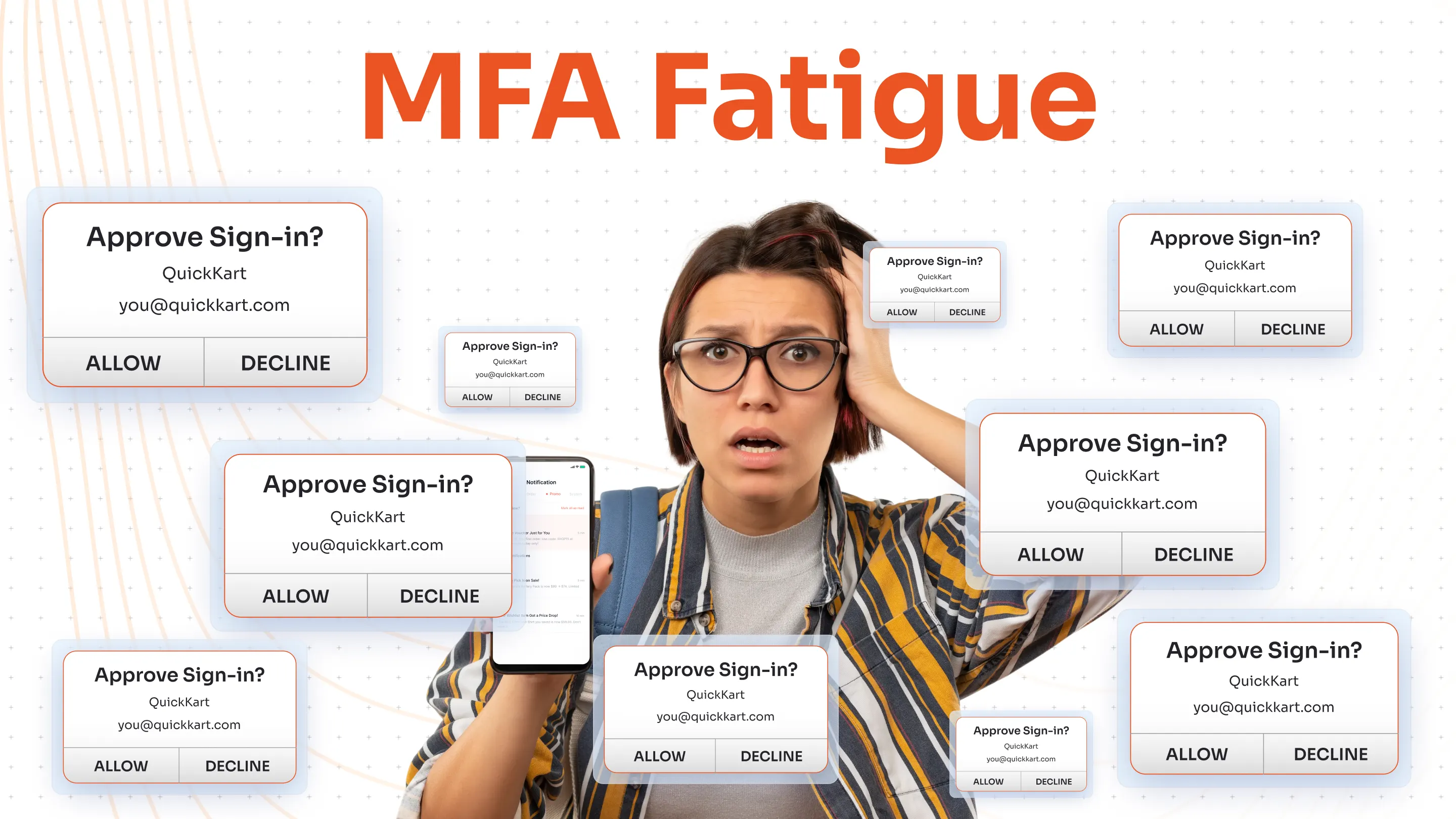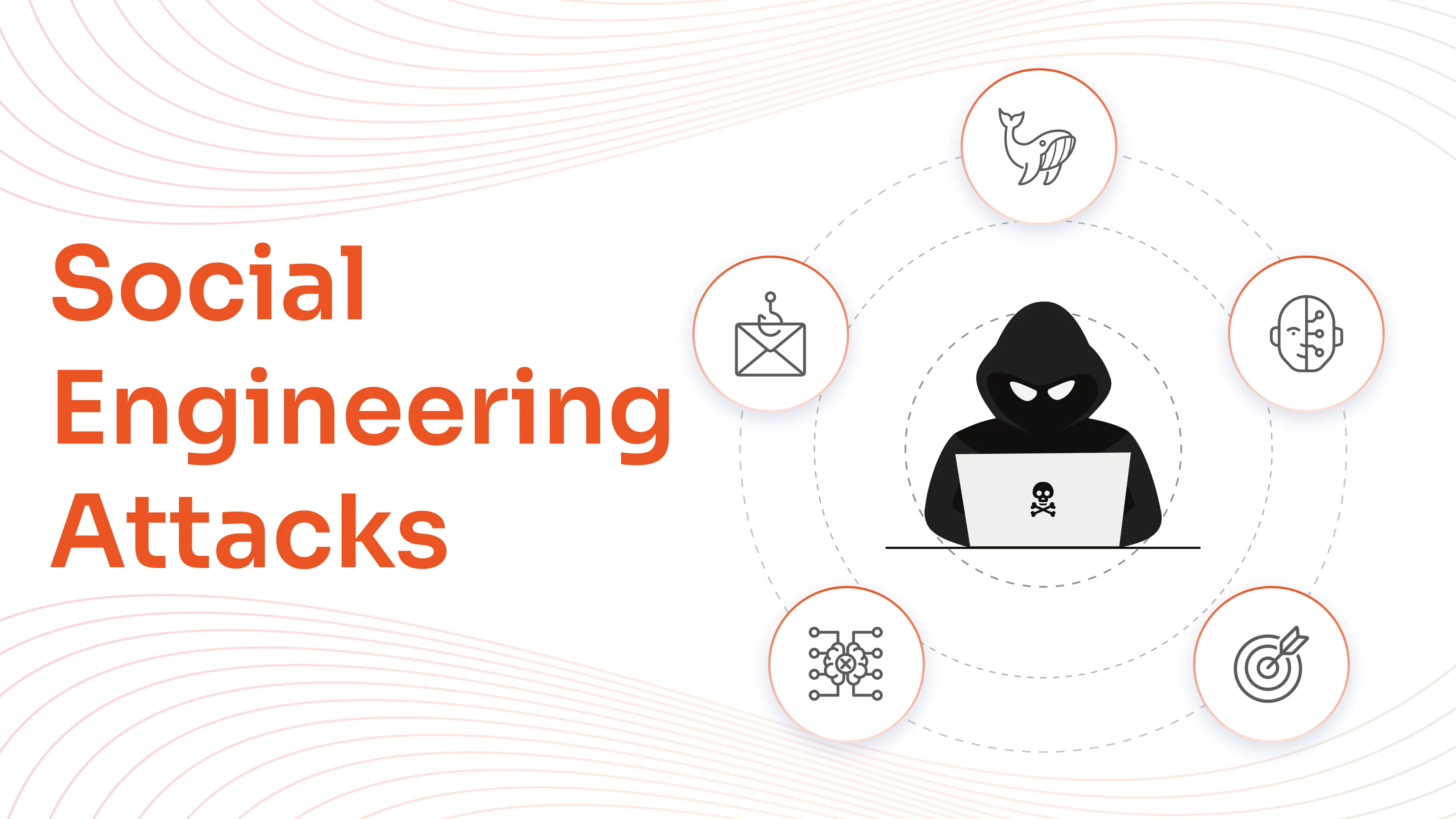LDAP (Lightweight Directory Access Protocol) has long been the foundation of enterprise authentication, used extensively to manage and verify user credentials across internal applications, legacy systems, and infrastructure services.
However, most LDAP implementations still rely on password-only authentication, leaving them vulnerable to modern attack techniques. This means credential theft, brute-force attacks, social engineering, and so much more.
Moreover, migrating away from LDAP or rewriting authentication flows across legacy applications is often not feasible. Organizations require a solution that enhances LDAP security without modifying application code or disrupting existing infrastructure. This is where LDAP Proxy MFA becomes a strategic fit.
Before we begin with the in-depth insights of LDAP Proxy with Multi-Factor Authentication (MFA), let’s briefly understand the meaning of LDAP Proxy MFA.
What Is LDAP Proxy MFA?
LDAP Proxy MFA acts as an intermediary between LDAP-based applications and the backend directory server. Instead of connecting directly to the LDAP server, clients communicate through the proxy, which enforces MFA for every login request. This approach adds a security layer without altering the application or server, and ensures that only verified users reach the directory.
How LDAP Proxy MFA Works
- The proxy intercepts LDAP bind requests (login attempts) from applications.
- It authenticates the user’s credentials against the directory.
- If the password is correct, the proxy triggers an MFA challenge using OTP or push notification.
- Upon successful MFA validation, the proxy allows the bind operation to proceed, granting access.
This seamless flow makes MFA enforcement possible without rewriting authentication logic in applications, and without needing any changes on the LDAP server itself. Additionally, LDAP Proxy MFA is non-intrusive, application-agnostic, and ideal for environments that depend heavily on LDAP authentication but need stronger controls. It enables organizations to:
- Maintain compatibility with legacy and internal applications.
- Achieve compliance mandates with minimal disruption.
- Protect against credential-based attacks with adaptive MFA policies.
Why MFA with LDAP Proxy?
The meaning alone is not enough to understand LDAP Proxy MFA. The security benefits contribute to making it a complete solution.
1. Stops Credential-Based Attacks
Password-only authentication leaves organizations exposed to phishing, credential stuffing, and brute-force attacks. LDAP Proxy MFA mitigates these risks by requiring a second factor, such as OTP, push notification, or biometric verification, before granting access. Even if a user's password is compromised, unauthorized logins are blocked, significantly reducing attack success rates.
2. Prevents Lateral Movement After Initial Compromise
Once inside a network, attackers often pivot between systems using compromised credentials. By enforcing MFA at the LDAP layer, lateral movement is contained. Each access attempt triggers an additional verification step, making it much harder for attackers to escalate privileges or access adjacent systems post-breach.
3. Strengthens Regulatory Compliance
LDAP Proxy MFA helps meet access control requirements in data protection frameworks like GDPR, HIPAA, ISO 27001, and SOC 2. It supports auditability by logging both credential and MFA challenges. Organizations can demonstrate enforcement of secure login procedures and reduced exposure to credential abuse.
4. Enables Granular MFA Enforcement
Administrators can configure MFA policies based on user groups, application types, or specific roles. For example, IT admins accessing core infrastructure can face stricter MFA rules than general users. This flexibility ensures that security adapts to business needs without overburdening low-risk workflows.
Solving the MFA Challenge for Legacy Applications
Many mission-critical legacy systems largely used in banking, healthcare, manufacturing, and government sectors were originally designed before MFA became a standard security requirement. These applications often rely on basic LDAP bind operations for authentication, leaving them vulnerable to password-only attacks. LDAP proxy MFA solves this problem.
LDAP Proxy MFA
- Sits transparently between legacy app and LDAP, no changes to code or app config.
- Works with any legacy system using LDAP authentication.
- Instantly modernizes access security and compliance without breaking the legacy application or introducing instability.
- Supports a wide variety of MFA methods (Push notification, OTP, SMS, etc.)
How miniOrange Can Help
miniOrange offers a comprehensive LDAP Proxy MFA solution designed to modernize authentication security without disrupting legacy infrastructure. This proxy-based architecture acts as a secure mediator between LDAP-based applications and backend directories, enforcing MFA in real time, without requiring changes to source code, application configurations, or LDAP server settings.
Enterprise-Ready Features for Modern Security
To meet the demands of high-volume environments and complex identity ecosystems, miniOrange LDAP Proxy MFA includes:
Load Balancing & High Availability: Ensures reliable performance and fault tolerance across authentication requests, even during peak usage.
Secure TLS (LDAPS) Support & Offloading: Encrypts LDAP traffic end-to-end while offloading cryptographic processing for optimized throughput.
Broad LDAP Directory Support: Compatible with all major directory types, including Microsoft Active Directory, OpenLDAP, and others, enabling seamless deployment across diverse infrastructures.
Google LDAP Integration: Extends secure authentication into hybrid environments where Google Directory interfaces with LDAP-based legacy apps.
Advanced Logging & Compliance Reporting: Captures detailed logs for audit trails, access events, and MFA challenges, supporting compliance with standards like GDPR, HIPAA, and SOC 2.
Flexible MFA Options
miniOrange supports a wide array of authentication methods to suit different organizational needs:
- Push Notifications (Microsoft Authenticator & miniOrange App)
- One-Time Passwords (OTP) via SMS, Email, or TOTP apps
- Biometric and Offline Codes
- Out-of-band verification for high-risk scenarios
This modular MFA framework allows organizations to configure authentication based on user groups, app sensitivity, geographic access, and device trust levels.
Flexible Implementation and ROI
miniOrange prioritizes ease of adoption while maximizing long-term value:
Pilot Deployment Options: Organizations can test the solution in low-risk environments before full rollout, ensuring compatibility and performance.
Rapid, Scalable Rollouts: Designed for minimal configuration effort, LDAP Proxy MFA can scale from departmental to enterprise-level deployment swiftly.
Future-Proof Architecture: As security policies evolve, miniOrange adapts without needing code changes, vendor dependencies, or infrastructure overhauls.
Proven Expertise Across Industries: Backed by successful deployments in finance, healthcare, education, manufacturing, and public sector use cases.
Summing it Up
For organizations still dependent on LDAP-based authentication, miniOrange LDAP Proxy MFA offers a clear path to modern security. By adding multi-factor authentication without touching legacy systems, it enables immediate risk reduction, improves regulatory compliance, and builds resilience against credential-based attacks. It’s the ideal solution for any enterprise seeking secure access without compromising application stability.





Leave a Comment